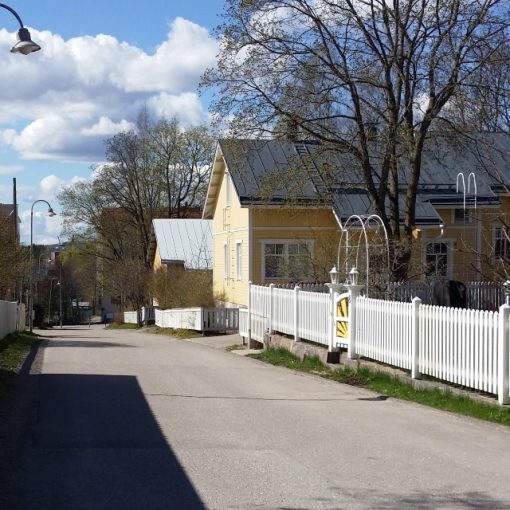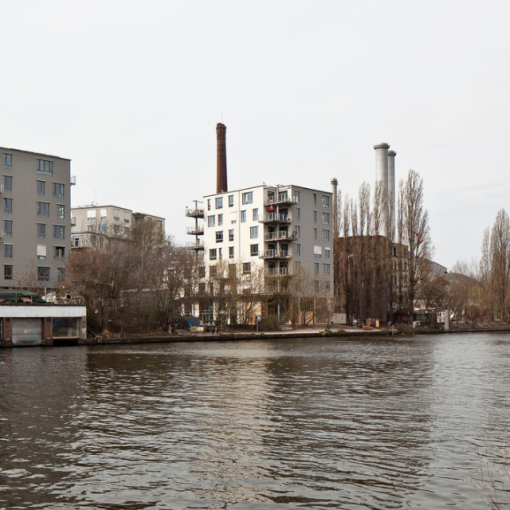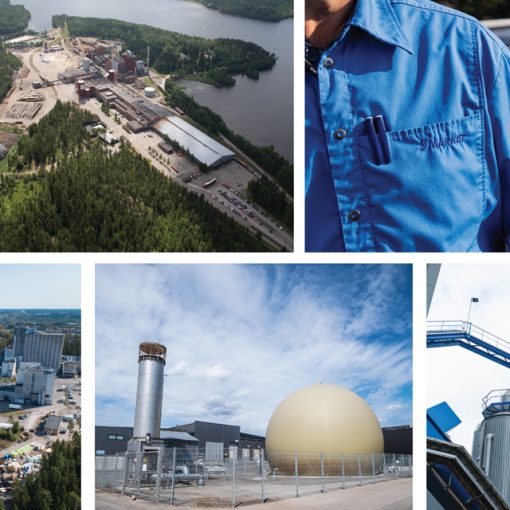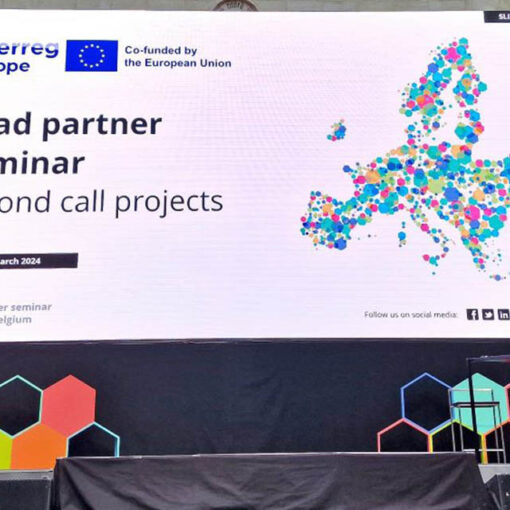The EU countries are obliged to separately collect biowaste by the end of 2023 (Directive 2018/851, Article 22). CITISYSTEM – Supporting cities in sustainable biobased systemic change project intends to promote the circulation of biowaste and other bioresources in cities (Interreg Europe 2023). In October 2023, CERCA Research Centres of Catalonia hosted the 2nd CITISYSTEM interregional meeting in Barcelona. The first day was dedicated to study visits, followed by a project meeting at the Ministry of Research and Universities, where partners and stakeholders discussed policy development and shared good practices from their regions.
Link to the website of CITISYSTEM.
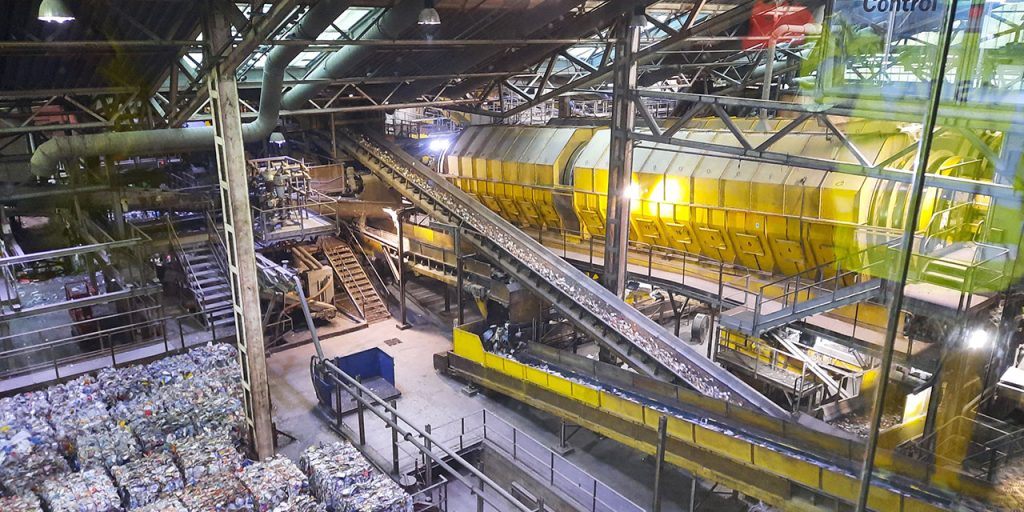
Focusing on biowaste in Barcelona
The first study visit was held in the Ecoparc de Barcelona, a complex waste recovery treatment plant in the Barcelona metropolitan area. It focuses on the valorization of the organic fractions and other recoverable materials from the unseparated mixed waste (grey bin). The mechanical-biological treatment plant receives 675 tons of municipal solid waste a day (Ecoparc Barcelona 2021).
After the waste from grey bins is received at Ecoparc, waste passes through multiple sorting machines that separate organic waste from non-organic waste and recyclable items are also recovered. The mechanical separation is assured by various sieves that separate items by size, shape, and weight: optical separators and electromagnets. Larger objects are manually separated. (Gargallo 2023.)
The separated organic waste undergoes a biological treatment, in which microorganisms decompose the residual organic matter and produce biogas (Gargallo 2023). Biogas is utilized to generate over 26 900 MWh of electricity, which equals to 3000 families’ yearly electricity consumption (Ecoparc Barcelona 2021).
The rejected waste is received in the nearby waste-to-energy plant to produce over 127 900 tons of steam for district heating and over 181 900 MWh of electricity (data from 2022) (Gargallo 2023).
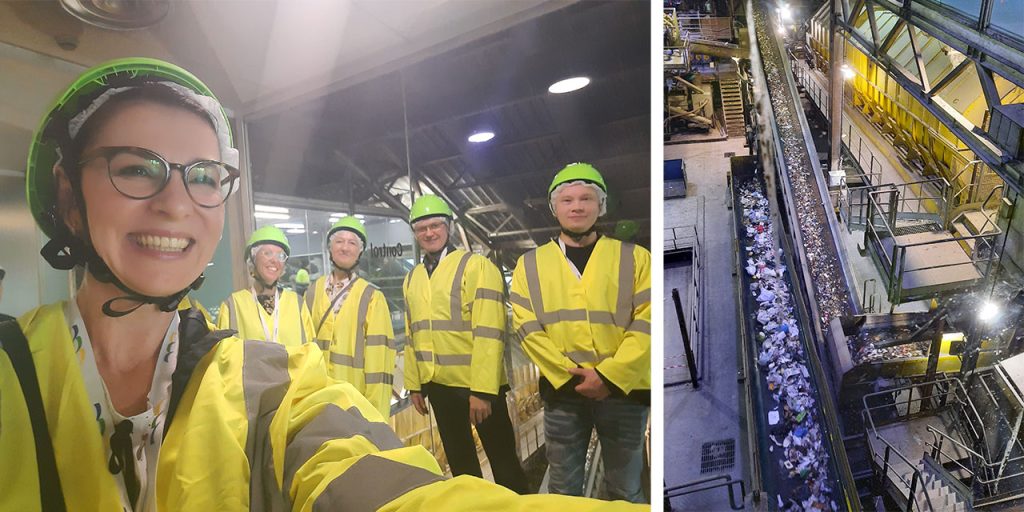
The second visit led to biowaste recovery plant in Vallès Oriental outside Barcelona. Since 2005, Serveis Ambientals del Vallès Oriental, SA. has provided biowaste management in the Vallès Oriental and Maresme counties located northeast of the Barcelona province. The public company serves about 900 000 citizens and currently collects 52 000 tons of biowaste a year. As a result, 4.5 MNm3 of biogas and 6 000 tons of compost are produced annually. (Abad 2023.)
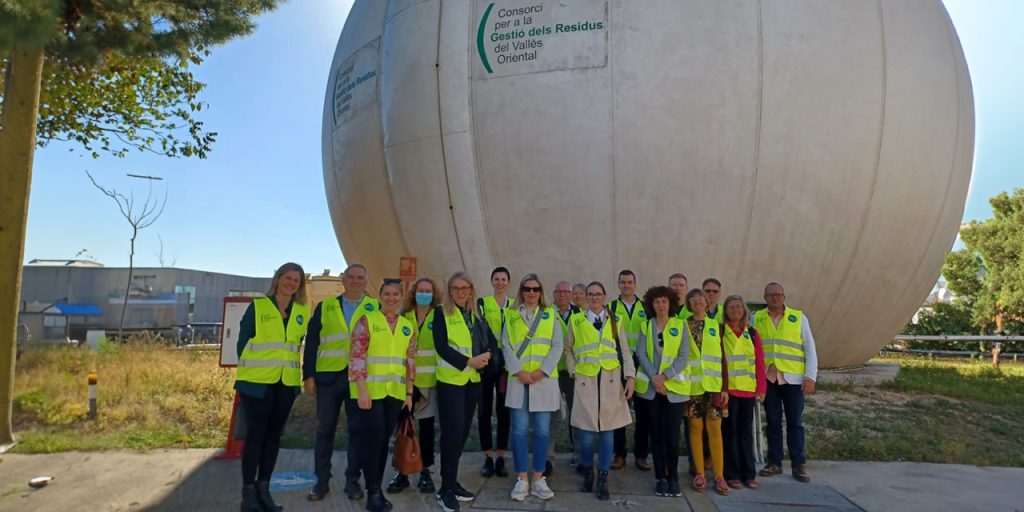
Due to the expected increase in the volume of organic matter (annual growth 1.3%-1,5%), an expansion of the plant was needed. The new plant’s capacity would grow twofold to 100 000 tons a year. Simultaneously, the compost and biogas production will increase to 10 000 tons per year and 11,6 MNm3 respectively. The facility will produce upgraded biomethane for transportation or supply in a grid, electricity, and thermal energy for its own processes (digesters, drying, sanitation). (Abad 2023.)
The collection system of biowaste differs, and the door-to-door collection proved to be the most efficient in terms of the number of impurities, leading to a high-quality class-A compost (Abad 2023).
Author
Katerina Medkova works as an RDI Specialist at LAB University of Applied Sciences and is CITISYSTEM Project Manager.
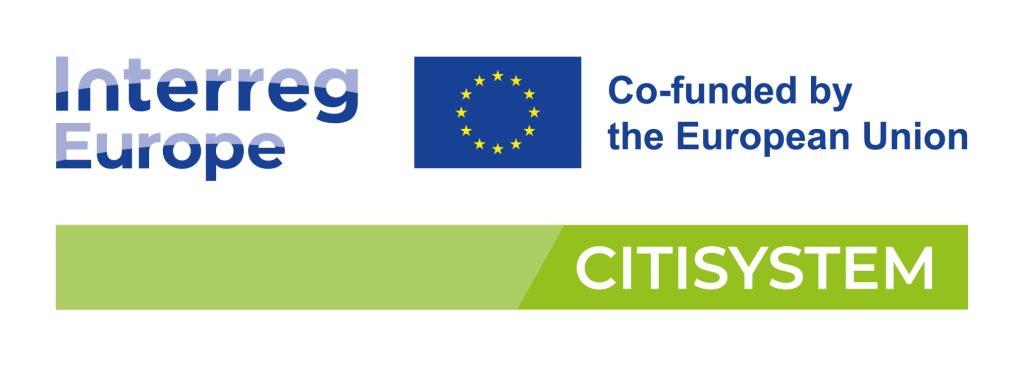
References
Abad, V. 2023. Visit 2: Waste Management Consortium of the Valles Orien. Presentation given at the CITISYSTEM study visit at Vallès Oriental on 8 Nov 2023.
Directive (EU) 2018/851 of the European Parliament and of the Council of 30 May 2018 amending Directive 2008/98/EC on waste, EUR-lex. Cited 20 Nov 2023. Available at http://data.europa.eu/eli/dir/2018/851/oj
Ecoparc Barcelona. 2021. Qué hacemos. Cited 19 Nov 2023. Available at https://ecoparcbcn.com/que-hacemos/
Gargallo, G. 2023. Mechanical Biological Training Plant & Energy Recovery Plant. Presentation given at the CITISYSTEM study visit at Ecoparc de Barcelona on 8 Nov 2023.
Interreg Europe. 2023. CITISYSTEM – Supporting cities in sustainable biobased systemic change. Cited 19 Nov 2023. Available at https://www.interregeurope.eu/citisystem
Links
Link 1. Interreg Europe. 2023. Project Summary. CITISYSTEM. Cited 19 Nov 2023. Available at https://www.interregeurope.eu/citisystem

